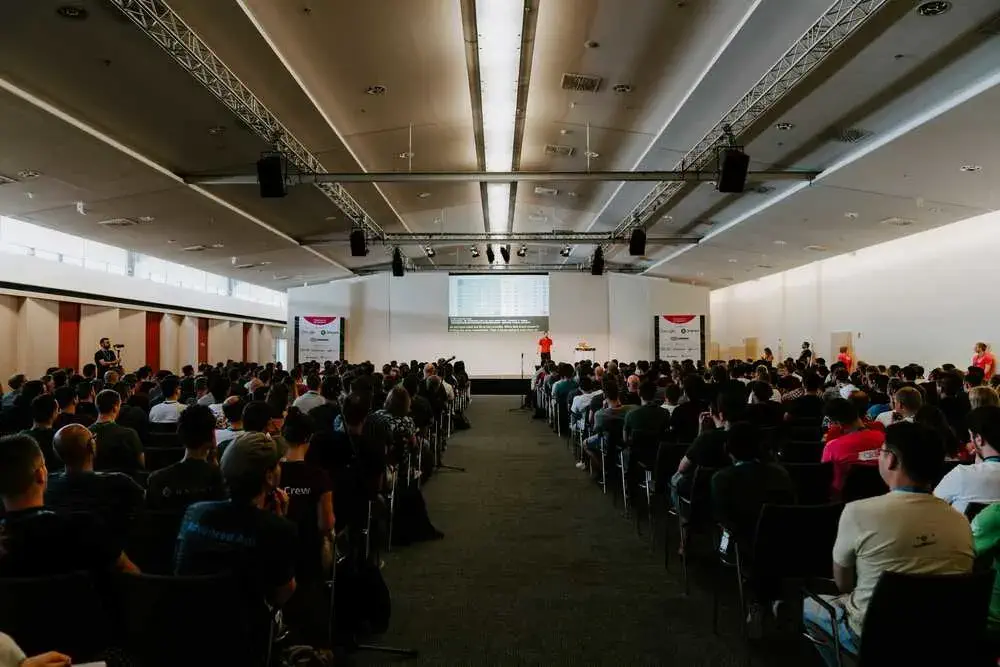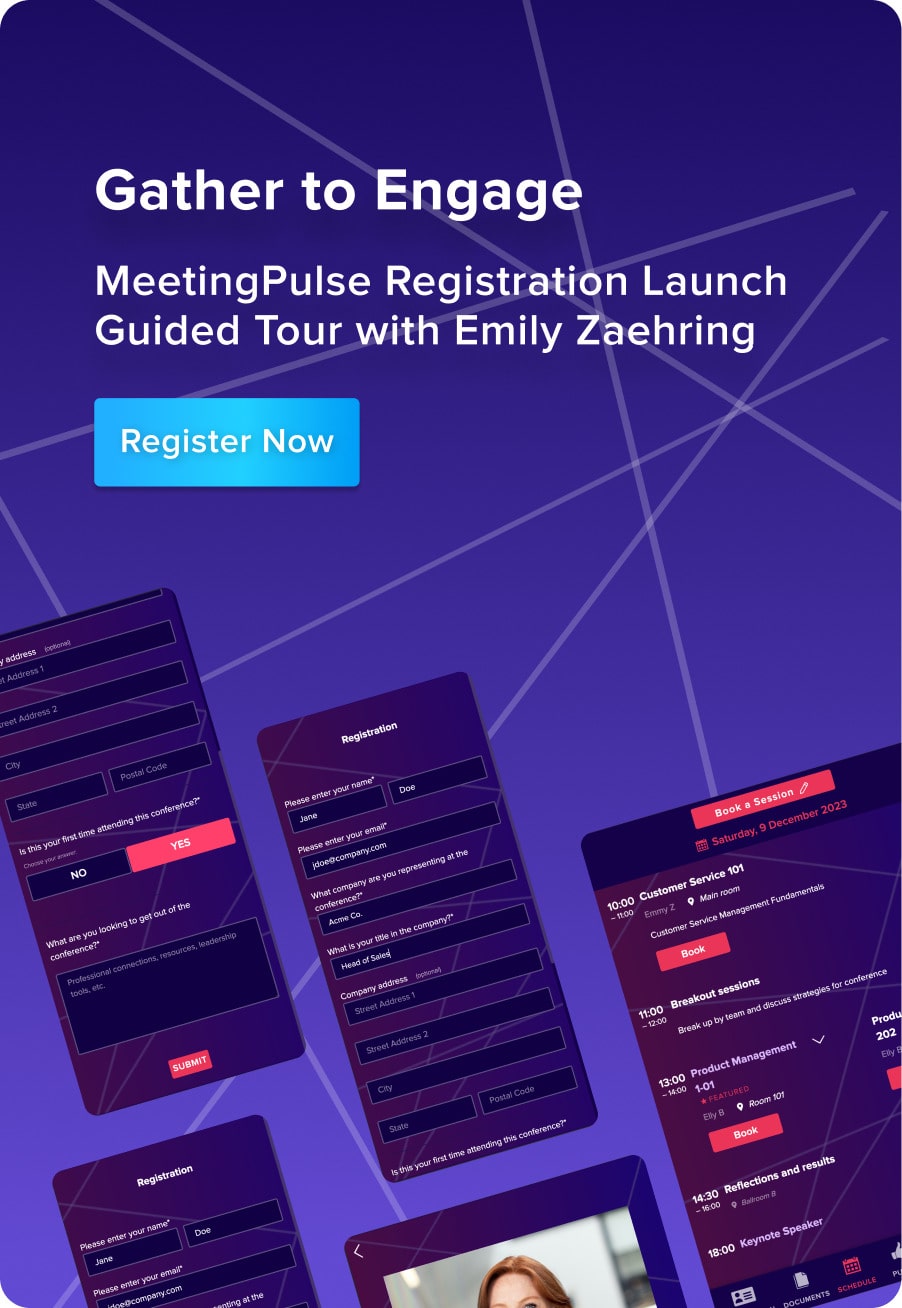Corporate culture is a hot topic these days. Furthermore, it’s highly relevant to corporate communication systems, which is our business at MeetingPulse. As culture at large evolves, work culture evolves along with it.
But what drives cultural evolution in a corporate setting? New trends and norms are constantly arising in the corporate world — as well as outside of it.
Defining Corporate Culture
So, what is culture? There are many definitions and culture can be evaluated on a wide variety of scales. Corporate culture is a specific niche that fits within other broader categories, for example, local or national culture. In this way, culture and its subcategories work much like Russian nesting dolls.
Because many cultural discussions fail to provide readers with a common basis for understanding, we’d like to share a few definitions and discuss some of the intricacies of culture-building.
According to Merriam-Webster, culture is:
a: the customary beliefs, social forms, and material traits of a racial, religious, or social group; also: the characteristic features of everyday existence (as diversions or a way of life} shared by people in a place or time
b: the set of shared attitudes, values, goals, and practices that characterizes an institution or organization
A recent HR.com study sponsored by CultureIQ defines culture as follows:
Culture is like the DNA of an organization – it is the set of behaviors and beliefs that determine how things get done in an organization.
The definitions above are quite broad, citing everyday methods of living, goals, practices, behaviors, and beliefs. Because culture is based on even the smallest details of practice and expression, when we are talking about the driving forces behind cultural change within an organization, it’s tough to draw lines.
Culture, by definition, is the result of an amalgamation — and amalgamation is the action, process, or result of combining or uniting. By that definition, in order for culture to exist, people must come together as a group and every individual is integral to its creation.
Who Drives Corporate Culture?
Marlene Satter‘s recent Benefits PRO article entitled Culture Makes the Difference for Employees points out that there is a “high level of uncertainty among employees about where responsible rests for workplace culture.”
The results of this study are subject to the perspectives of the participants. Each likely has a different idea of what culture means – and what cultural responsibility looks like. The following statistics are based on the CultureIQ/HR.com findings from the aforementioned study:
83% identified executive leadership as the driver of company culture. The other three facts that appeared on more than 20% of the responses are: Employees – 27%, Senior HR Leadership – 23%, and HR People Operations – 20%.
Let’s talk a bit about this. What does this responsibility for creating corporate culture mean and what do these results say about employees’ definitions of culture and their role in creating it?
Just as a municipality or social group has dominant figures who call the shots, organizations have administration and leaders. At the same time, the masses or the “little people” provide the true foundation for a living culture.
Why? Without a group, you are simply left with one person’s personality. One person is not culture. In order to have culture, a group of people must act together. This type of coordination is quite hard to quantify.
The Corporate Balancing Act
Although one or more people at the top can demand that a group adhere to certain rules, in the end, the group is technically free to act a bit like the weather: unpredictable and with a mind of its own.
If administration or HR goes overboard in one direction or another, the masses may respond undesirably by picketing or demotivating. In this way, the creation of culture is a real balancing act.
Just as members of administration are always trying to figure out how to lead effectively, employees are constantly figuring out how to support company goals while maintaining their own well-being and personal sense of identity.
Corporate culture is thus characterized by an innate tension. Humans have individual drives and habits, so the intentional building of culture is always a push and pull.
What works in one case won’t work in another, so the way that leaders direct their teams is quite subject to the way that their teams will follow. The outlier is a dictatorial system, which is unlikely to lead to a healthy culture or high retention rates. Although leadership provides pay, structure, and philosophical standards they are also beholden to their employees. Without loyal employees, there is little hope for corporate success.
Corporate Culture is Everyone’s Responsibility
We can ask employees and management who drives the creation of their culture, but in truth, everyone has a role, even if in the quietest ways.
Whether it’s the way the secretary makes coffee, the quality of paper towels stocked in the bathroom, who eats with who in the lunch room, the homemade pastries that the intern brings each week, or the amount of personal detail co-workers discuss amongst themselves, these small gestures and elements play a massive yet quiet role in creating culture and personality of place.
Sure, the bigger frameworks of “do’s and don’ts” are the domain of administration and management, who ensure that certain strategies and tenets are actively applied, but the curious human details that truly make a culture unique are everyone’s responsibility.
At MeetingPulse, we encourage open corporate communication and transparency. We provide easy-to-use interactive tools like live meeting surveys, audience question & answer software and audience polling tools that support healthy corporate culture for employees and administration alike.
If you want to know more about your employees’ thoughts, ideas, and preferences, get more involved in organizational feedback by trying out our browser-based audience response system.
We provide real-time survey and polling software via any device, so your audience will never need to download an app. Contact us for more information about our audience response system or click on ‘Keep Me Posted’ on our blog page to receive blog updates and our free ebook.






